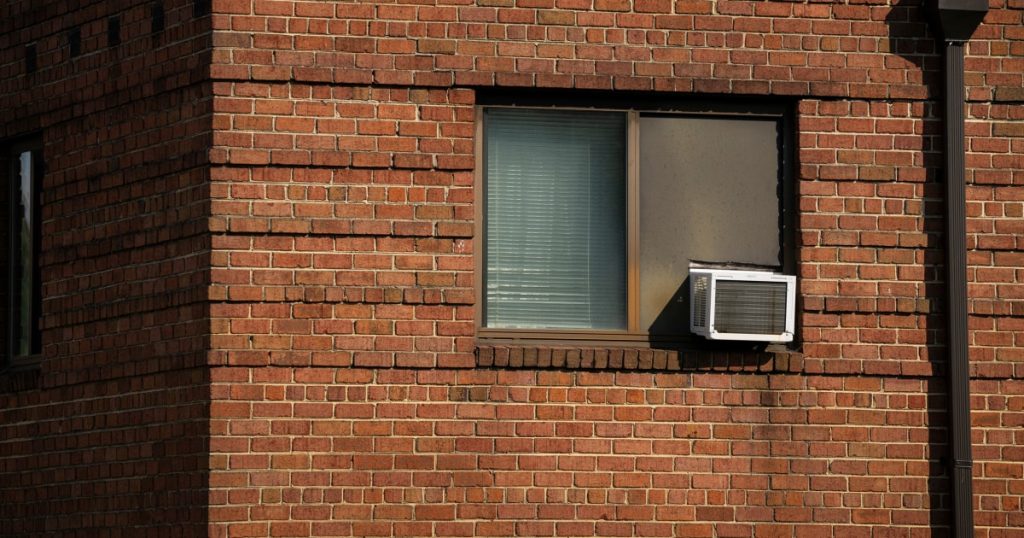In North Carolina, Cathy McCorkle, a retired school bus driver, could easily get a stent operation that saved her life. However, she has struggled to get financial assistance to replace her busted central air conditioning unit. McCorkle, like 2,000 other state residents, is awaiting approval for aid through a community advocacy program but with her fixed monthly income of $2,200, she is unable to afford the $12,000 expense of replacing the unit. With the winter approaching, McCorkle is worried about the cold without the AC unit, which also provides heat.
Extreme and volatile weather patterns have made air conditioning a crucial utility for consumers in different regions of the U.S. However, federal budget cuts have impacted aid groups’ abilities to help low-income residents with heating and cooling needs. Funding for the Low Income Home Energy Assistance Program (LIHEAP) was slashed to $4.1 billion this fiscal year, resulting in nearly 1 million fewer households receiving help. Advocates are calling for the restoration of the CARES Act-era supplement and a $1 billion boost for emergency assistance to assist more struggling households.
In Washington state, administrators have had to put requests for air conditioners on hold due to the closure of the LIHEAP program amid triple-digit heatwaves. Budgeting strategies such as renaming subsidies to distribute ACs in the fall have helped the program assist close to 100,000 households this fiscal year. However, with limited funding and the program being unable to serve everyone who qualifies, many states are facing challenges in providing assistance to those in need.
In North Carolina, agencies are exploring other options to support their operations, such as turning to weatherization programs included in the Bipartisan Infrastructure Law. However, delays in receiving funding have put programs on hold, leaving many households waiting for assistance. LIHEAP administrators in several states are highlighting rising temperatures as a reason to view the program as a safety-net program akin to Medicaid or SNAP, which guarantee services regardless of funding availability.
Policymakers and utility regulators are being urged to implement seasonal shut-offs protections and expand access to income-based utility rates to address the issue of providing essential utility services to low-income households. With the LIHEAP program facing uncertainties due to federal budget cuts and political considerations, many advocates are calling for increased funding and structural changes to ensure that low-income residents have access to heating and cooling assistance.
As the debate over funding for essential utility services continues, advocates are pushing for a more comprehensive approach to address the needs of low-income households. Despite tax credits and slow-rollout programs aimed at assisting households with energy upgrades, many families are still struggling to afford basic utilities. The impact of weather extremes and budget cuts highlights the urgency of finding sustainable solutions to ensure that all residents have access to essential services.


